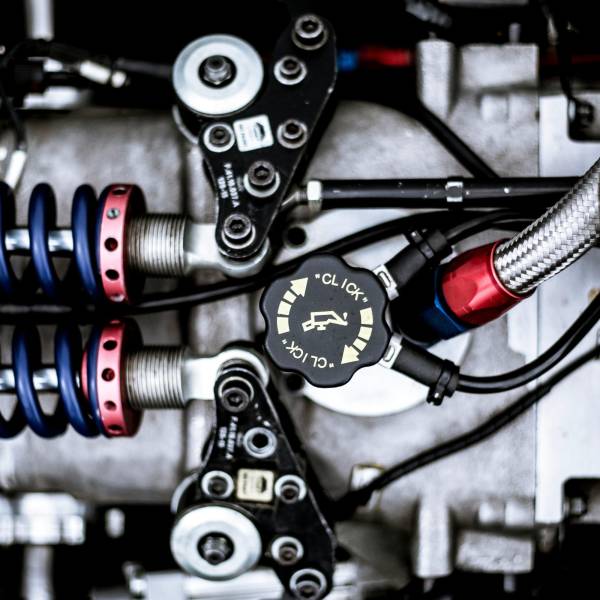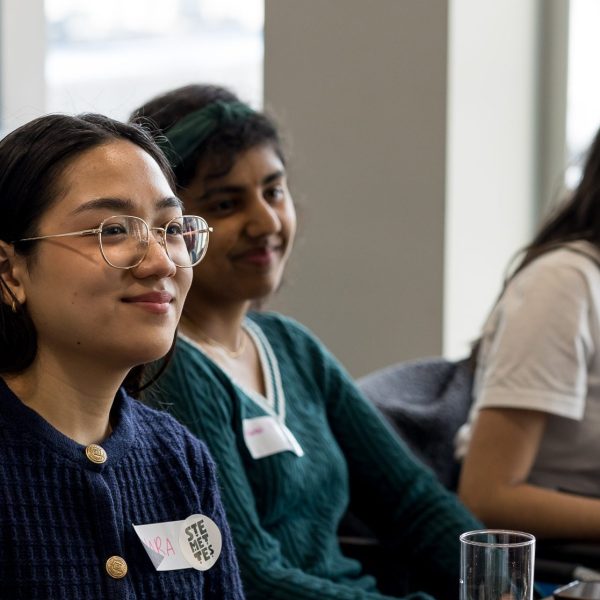Women have been using their STEM skills in the UK Intelligence Agencies for over a century – leaving their mark on UK history with their inspiration and commitment. Now, it’s time to hear their stories. As we look back through history, we’re able to pinpoint the important contributions of women, which may not have been celebrated at the time. Pivotal moments like World War I and II created vital opportunities for women to take on roles that were previously inaccessible and show everyone what they were capable of.
During these years, many women with STEM skills joined the Agencies. Some had the privilege of pursuing further education in these disciplines, while many joined to perform administrative duties and flourished when supported and given the chance to show their potential. Here are just a few of the incredible women whose innovation and contributions led to key
milestones and events. We hope you’ll feel inspired by their stories.
Mary Sherer
Back in 1936, at 21 years old Mary Sherer started her journey at MI5 as a secretary. After gaining some experience she was promoted to be an Intelligence Officer and joined a vital section responsible for turning German agents against the Abwehr (the German Military Intelligence Service).
Using her judgement and skill Mary would feed a mixture of false and genuine information to an agent to mislead decision-makers about locations for the D-Day landings; a move later known as the Double Cross.
The success of this operation cemented Mary as the first woman to perform the ‘Agent Runner’ role, despite not being deemed of equal rank to her male counterparts. Her achievements still stand today as a testament to her resilience and innovation.

Joan Clarke
If you’ve ever watched The Imitation Game, you may have already heard of Joan!
As a student, Joan earned a double first in Mathematics in 1940, although she was denied a full degree as at the time, as universities only awarded them to men.
Despite this adversity, Joan was spotted for her geometry talent by an academic supervisor and was encouraged to join GCHQ. It was here where she worked in Bletchley Park’s famous Hut 8, alongside Alan Turing, and mastered ‘Banburismus’, an application of Bayesian statistics which saved a lot of time deciphering messages. During this time, it was common for women to leave the workplace to marry. So, after a decade away, Joan returned to cryptanalysis to continue the rest of her impressive career.
Patricia Bartley
Bartley was a Philosophy, Politics and Economics student who went on to become one of the most significant cryptanalysts during World War II for GCHQ.
She worked on breaking the main German diplomatic code, known as FLORADORA. This code was a double additive cipher which had puzzled experts for decades. Patricia’s team broke the code by intercepting traffic between Berlin and the German Embassy in Dublin, allowing them to read every single message and contribute to key wartime interventions.
These remarkable women achieved huge feats in areas and organisations that were vastly different from how they are today. Now, we have many more women working in STEM, who come from all kinds of backgrounds. They’re not limited by gender, and if they choose to have children, they don’t have to leave their careers behind.
If you’d like to research more role models like Mary, Joan, and Patricia, you can find more material on MI5 and GCHQ social media, or in the Intelligence Agencies’ official history The Defence of the Realm. Or perhaps you’d like to follow in their footsteps and take your interest in technology, engineering, or maths and cryptography to a different level? Have a look at our websites and see where an application might take you. And if there’s nothing on them right now that feels a good fit, why not sign up for job alerts, so you’ll never miss an opportunity.






